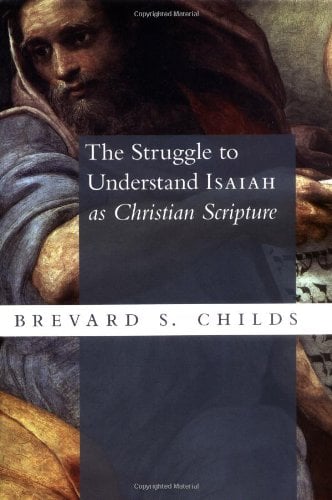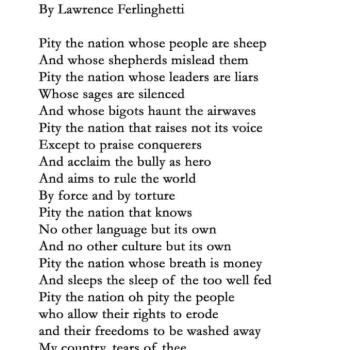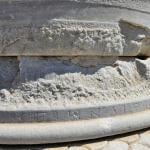One’s students often depart from the views of their professors, and this is true of C. Vitringa (1659-1722) the student of Cocceius. He sought to join together the secular and sacred history of Scripture, charting a course between Grotius and Cocceius. He wrote a large two volume Latin commentary on Isaiah between 1714 and 1720. He expresses his preference for seeing the near historical horizon as the point in which the Biblical prophecy of Isaiah was fulfilled. He therefore looks for correspondences between the literal meaning of a prophecy and some historical event or events on the nearer horizon. But by nearer horizon he seems to mean in the Gospel events and in the history recorded in Acts, and so Is. 2.1-4 is fulfilled in Acts 2. Is. 4 refers in the first instance to the persecution by Herod Agrippa in Acts 12.23.
Only occasionally does he insist on the notion of a double fulfillment, once in Isaiah’s time and then later. For instance, in Is. 13-23 he sees predicted the downfall of Babylon at the hands of Cyrus, as also he finds in Is. 49. Is. 23 is fulfilled by Babylon’s attack on Tyre, even though the historical evidence suggests the city was not entirely destroyed then. “In a word, Vitringa has translated the biblical category of prophecy and fulfillment into a very different genre of complex historical speculations.” Childs adds “Vitringa’s major contribution hermeneutically was his construal of the pattern of prophecy and fulfillment as a historical process in which the correspondence between the two could be rationally proven.” Unfortunately he provided a precedent for all sorts of attempts at showing how this or that prophecy has been fulfilled in this or that event in ancient or modern church history. We are off to the races towards Dispensationalism already at this point.













